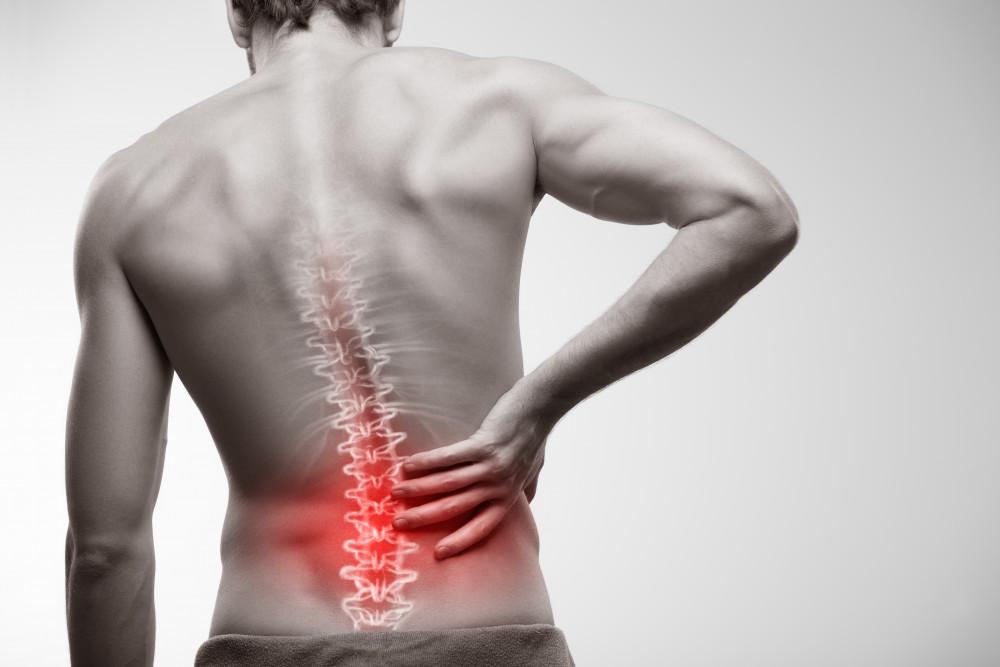Pinched nerves in the upper back
A pinched nerve in the upper back occurs when force or pressure irritates a nerve in this part of the body. Nerves make up the “wiring” system that carries messages between the brain and the rest of a person’s body. When the affected nerve is in the upper back, doctors refer to the condition as cervical radiculopathy because the top section of the spine is known as the cervical spine. The pinched nerve could be a result of compression, constriction, or stretching. The symptoms of a pinched nerve in the upper back may include pain, numbness, and weakness. To diagnose a pinched nerve in the upper back, a doctor will first perform a physical exam. If they cannot make a diagnosis based on this exam, they may then use imaging techniques, such as X-rays, CT scans, or MRI scans. The doctor may also perform an electromyography (EMG) test to measure the electrical activity of muscles. Most of the time, the symptoms of a pinched nerve will resolve without medical intervention. However, if a person experiences prolonged pain or muscle weakness that does not ease, they should seek medical attention to ensure that no permanent damage occurs.(Credits: www.medicalnewstoday.com)


